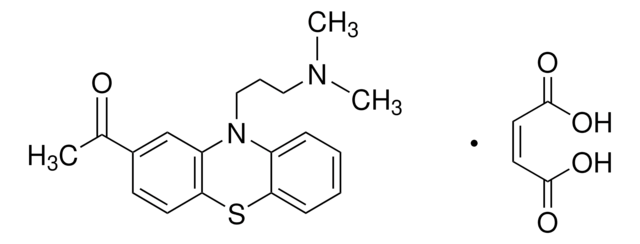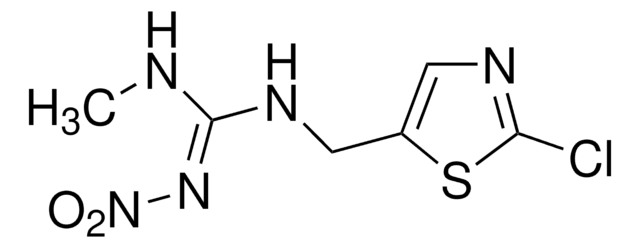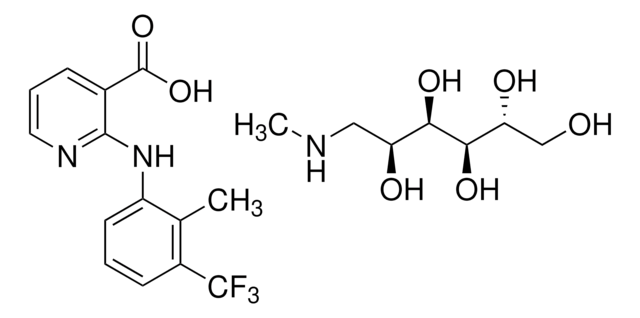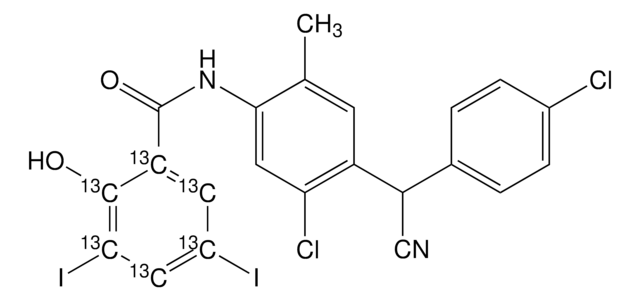1001502
USP
Acepromazine maleate
United States Pharmacopeia (USP) Reference Standard
Synonym(s):
Acetopromazine maleate salt, 2-Acetyl-10-(3-dimethylaminopropyl)phenothiazine maleate salt, Acepromazine maleate salt
Select a Size
Select a Size
About This Item
Recommended Products
grade
pharmaceutical primary standard
API family
acepromazine
manufacturer/tradename
USP
application(s)
pharmaceutical (small molecule)
format
neat
SMILES string
OC(=O)\C=C/C(O)=O.CN(C)CCCN1c2ccccc2Sc3ccc(cc13)C(C)=O
InChI
1S/C19H22N2OS.C4H4O4/c1-14(22)15-9-10-19-17(13-15)21(12-6-11-20(2)3)16-7-4-5-8-18(16)23-19;5-3(6)1-2-4(7)8/h4-5,7-10,13H,6,11-12H2,1-3H3;1-2H,(H,5,6)(H,7,8)/b;2-1-
InChI key
FQRHOOHLUYHMGG-BTJKTKAUSA-N
Looking for similar products? Visit Product Comparison Guide
General description
Application
- Acepromazine Maleate Injection
- Acepromazine Maleate Tablets
Biochem/physiol Actions
Analysis Note
Other Notes
related product
Signal Word
Danger
Hazard Statements
Precautionary Statements
Hazard Classifications
Acute Tox. 3 Oral - STOT SE 3
Target Organs
Central nervous system
Storage Class Code
6.1C - Combustible acute toxic Cat.3 / toxic compounds or compounds which causing chronic effects
WGK
WGK 1
Flash Point(F)
Not applicable
Flash Point(C)
Not applicable
Choose from one of the most recent versions:
Certificates of Analysis (COA)
It looks like we've run into a problem, but you can still download Certificates of Analysis from our Documents section.
If you need assistance, please contact Customer Support.
Already Own This Product?
Find documentation for the products that you have recently purchased in the Document Library.
Our team of scientists has experience in all areas of research including Life Science, Material Science, Chemical Synthesis, Chromatography, Analytical and many others.
Contact Technical Service







